10 Robotics projects for absolute beginners
Robotics is an exciting and rapidly growing field that combines aspects of engineering, programming, and problem-solving. Getting started in robotics can seem intimidating, especially for absolute beginners. However, with the right project ideas, anyone can dive into this fascinating world from the comfort of their own homes. In this blog post, we will explore numerous robotics project ideas specifically designed for beginners. These projects will help you gain hands-on experience and build a solid foundation in robotics.
Robotics Project 1: Line Follower Robot
The Line Follower Robot is an excellent project for beginners. It’s designed to autonomously follow a visible line on the ground. It introduces concepts of sensors, control systems, and motion mechanics.
Components required:
Chassis
Infrared (IR) Sensors
Motor Driver
Microcontroller (e.g., Arduino or Raspberry Pi)
Wheels and Motors
Power Source (usually rechargeable battery)
Building the line follower robot:
Assemble the chassis and mount motors and wheels.
Attach IR sensors to the front for line detection.
Connect sensors to the microcontroller and motor driver.
Write code for sensor-based motor control.
Test the robot on a line-following track, calibrate as needed.
Fine-tune the robot’s behavior through code adjustments.
Challenges and learning opportunities:
Sensor Calibration
PID Control
Troubleshooting
Enhancements (obstacle avoidance, speed control)
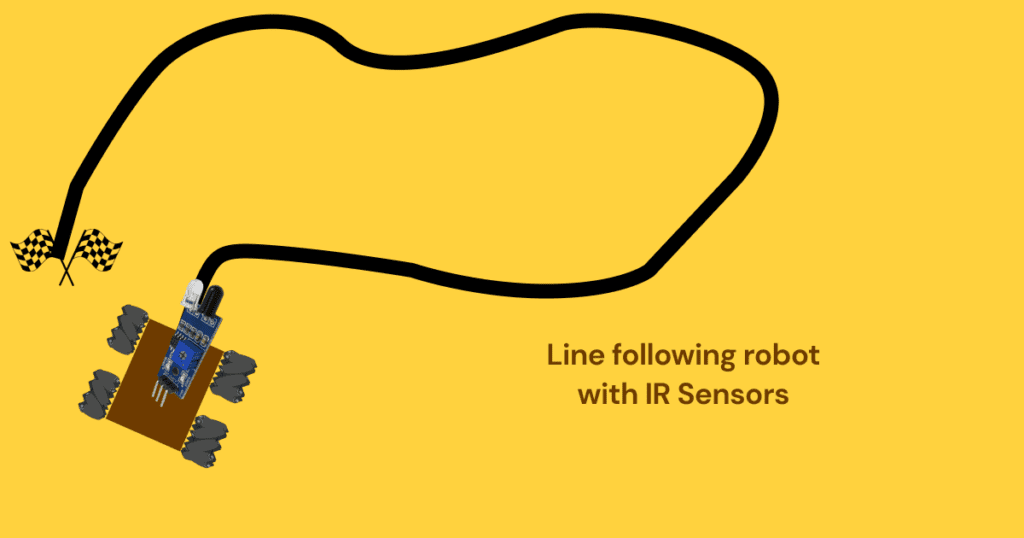
Robotics Project 2: Obstacle-Avoiding Robot
The Obstacle-Avoiding Robot is designed to navigate around obstacles in its path. It’s a great project for learning about ultrasonic sensors and basic autonomous navigation.
Components required:
Chassis
Ultrasonic Sensors
Motor Driver
Microcontroller
Wheels and Motors
Power Source
Building the obstacle-avoiding robot:
Assemble the chassis and mount components.
Install ultrasonic sensors for obstacle detection.
Write code to enable the robot to avoid obstacles.
Test and fine-tune the robot’s obstacle avoidance behavior.
Challenges and learning opportunities:
Sensor Integration
Algorithm Development
Autonomous Navigation
Precision Control
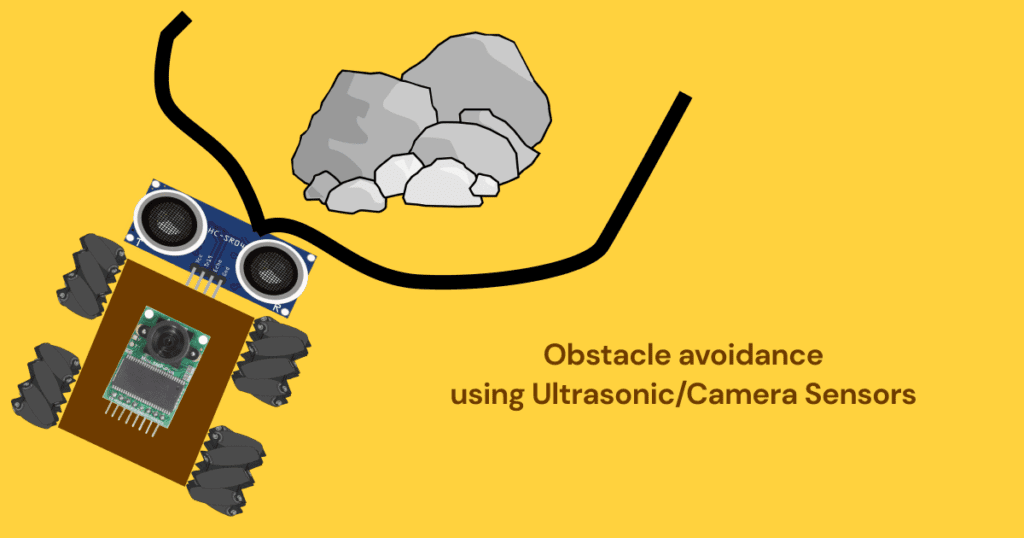
Robotics Project 3: Bluetooth-Controlled Robot
This project allows you to build a robot that can be controlled remotely via a smartphone. It’s a fantastic introduction to wireless communication and control systems.
Components required:
Chassis
Microcontroller (e.g., Arduino)
Bluetooth Module
Motor Driver
Wheels and Motors
Power Source
Building the Bluetooth-controlled robot:
Assemble the chassis and mount the components.
Connect a Bluetooth module for wireless control.
Develop a smartphone app or interface for controlling the robot.
Write code for receiving commands via Bluetooth.
Test and refine the robot’s responsiveness to commands.
Challenges and learning opportunities:
Wireless Communication
Mobile App Development
Real-time Control
User Experience Design

Robotics Project 4: Light-Following Robot
The Light-following robot uses light sensors to track a light source. It’s a simple yet fascinating project that explores light detection and autonomous control.
Components required:
Chassis
Light Sensors (e.g., LDRs)
Motor Driver
Microcontroller
Wheels and Motors
Power Source
Building the Light-following robot:
Assemble the chassis and attach light sensors.
Write code for the robot to follow a light source.
Test the robot’s ability to track and follow light.
Challenges and learning opportunities:
Light Sensing
Reactive Control
Autonomous Behavior
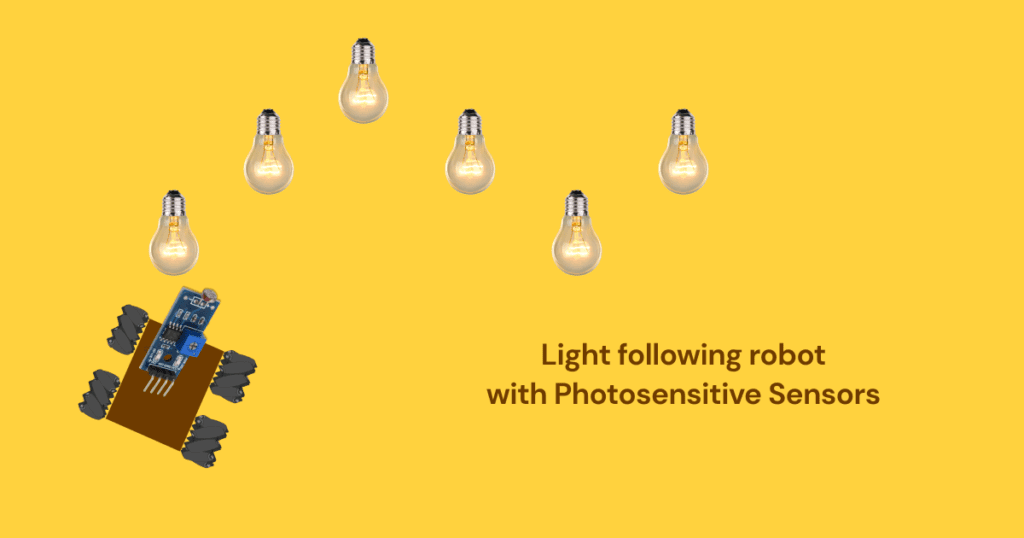
Robotics Project 5: Gesture-Controlled Robot
The Gesture-controlled robot allows you to control a robot using hand gestures. This project delves into computer vision and gesture recognition.
Components required:
Chassis
Microcontroller
Camera Module
Gesture Recognition Software
Motor Driver
Wheels and Motors
Power Source
Building the Gesture-controlled robot:
Assemble the chassis and install a camera module.
Implement gesture recognition software.
Write code to interpret hand gestures and control the robot.
Test the robot’s responsiveness to gestures.
Challenges and learning opportunities:
Computer Vision
Gesture Recognition
Real-time Image Processing
Human-Machine Interaction
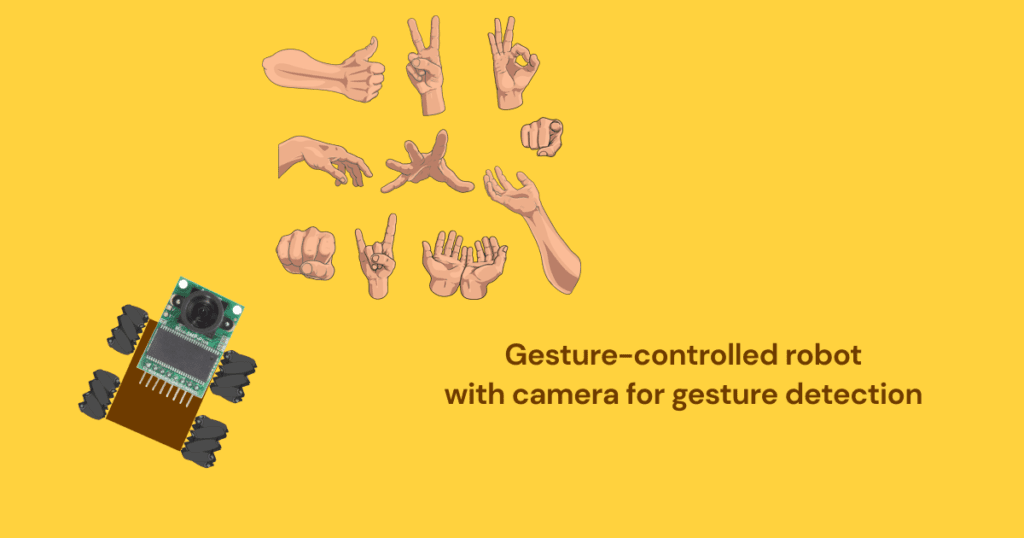
Robotics Project 6: Maze-Solving Robot
Maze-solving robots are designed to navigate through intricate mazes autonomously. This project introduces you to pathfinding algorithms and advanced navigation.
Components required:
Chassis
Ultrasonic Sensors or Cameras
Microcontroller
Motor Driver
Wheels and Motors
Power Source
Building the Maze-solving robot:
Assemble the chassis and connect sensors.
Write code to implement a pathfinding algorithm.
Test the robot’s ability to solve mazes autonomously.
Challenges and learning opportunities:
Pathfinding Algorithms
Algorithm Optimization
Complex Navigation
Problem Solving
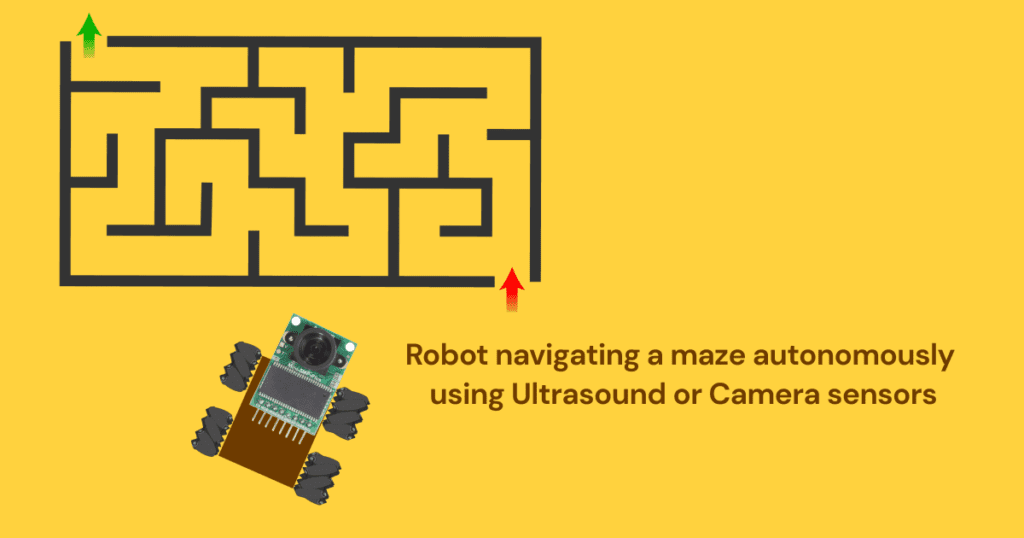
Robotics Project 7: Self-Balancing Robot
Self-balancing robots are fascinating creations that can maintain balance on two wheels. Building a mini self-balancing robot introduces you to control systems and precise motion control.
Components required:
Chassis
Gyroscope or Accelerometer Sensor
Microcontroller
Motor Driver
Wheels and Motors
Power Source
Building the Self-balancing robot:
Assemble the chassis and install the sensor.
Write code for controlling the robot’s balance.
Test the robot’s ability to maintain balance.
Challenges and learning opportunities:
Sensor Integration
Control Systems
Balance Algorithms
Precision Control
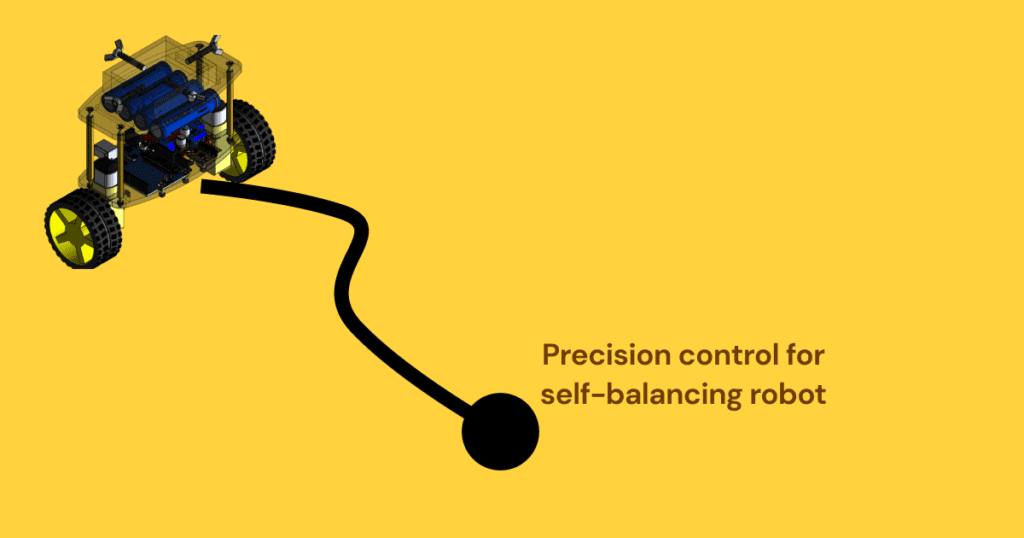
Robotics Project 8: Wi-Fi-Controlled Robot
Building a Wi-Fi-controlled robot allows you to control your robot remotely over a Wi-Fi connection. It’s a great introduction to Internet of things (IoT) and remote control systems.
Components required:
Chassis
Microcontroller (e.g., Arduino or Raspberry Pi)
Wi-Fi Module
Wheels and Motors
Power Source
Building the Wi-Fi-controlled robot:
Assemble the chassis and integrate the Wi-Fi module.
Develop a smartphone app or web interface for controlling the robot.
Write code for remote control via Wi-Fi.
Test the robot’s responsiveness to commands.
Challenges and learning opportunities:
IoT Integration
Mobile App or Web Development
Remote Control Systems
Wireless Communication
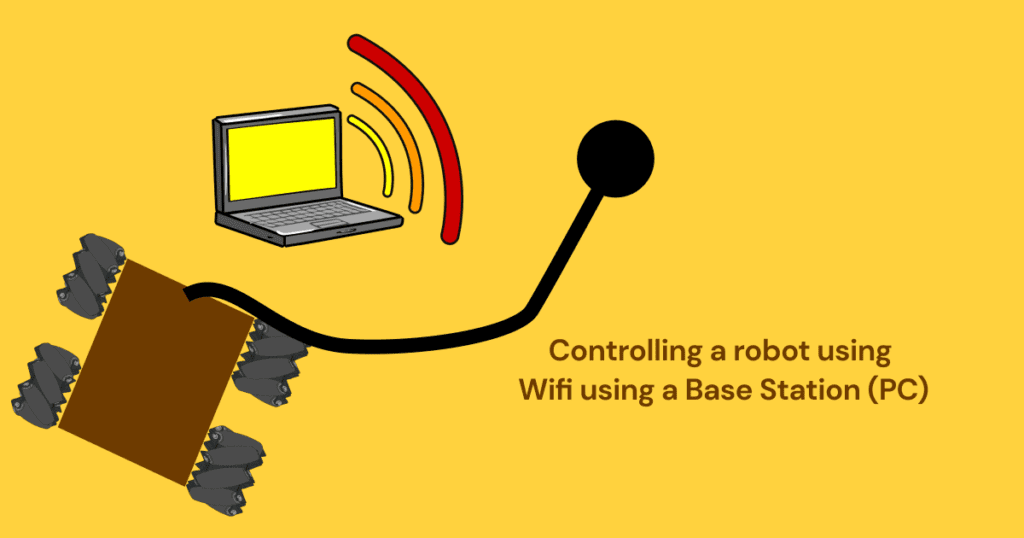
Robotics Project 9: Arduino Robot Car
The Arduino robot car project is an excellent choice for those getting started with Arduino. You’ll learn about Arduino programming, sensors, and mobile robotics.
Components required:
Arduino Board
Motor Driver
Ultrasonic Sensor
Wheels and Motors
Power Source
Building the Arduino robot car:
Assemble the robot car kit.
Program the Arduino board for autonomous control.
Implement obstacle avoidance using the ultrasonic sensor.
Test the robot car’s ability to navigate and avoid obstacles.
Challenges and learning opportunities:
Sensor Integration
Mobile Robotics
Autonomous Behavior
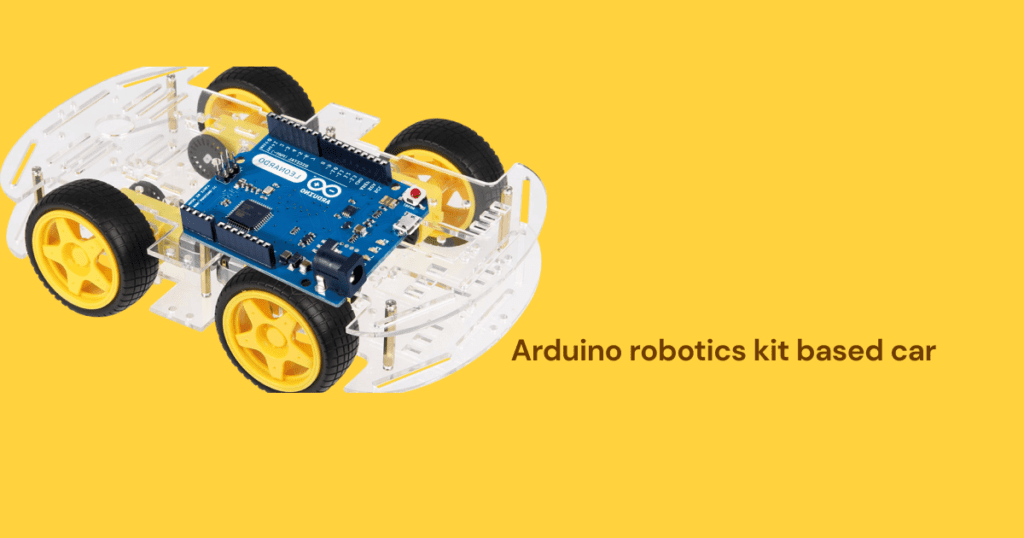
Robotics Project 10: Wall-Following Robot
The Wall-following robot project is an exciting opportunity to explore navigation and proximity sensors in robotics. In this project, you’ll create a robot capable of autonomously following walls and avoiding obstacles using whisker-like sensors.
Components required:
Robot Chassis
Microcontroller (Arduino or Raspberry Pi)
Whisker-Like Sensors (IR, mechanical, or, bio-inspired like whiskers)
Motor Driver
Wheels and Motors
Power Source
Building the Wall-following robot:
Assemble the robot chassis, ensuring it’s equipped to hold the microcontroller, sensors, and motors securely.
Connect and mount the whisker-like sensors on the front of the robot. These sensors will act as “whiskers” to detect obstacles.
Program the microcontroller to interpret data from the sensors. Implement logic that allows the robot to follow walls and avoid collisions.
Test your robot in an environment with walls and obstacles, observing how it successfully navigates by following walls and avoiding objects.
Challenges and learning opportunities:
Sensor Integration
Autonomous Navigation
Wall-Following Strategies
Distance sensing
Autonomous navigation
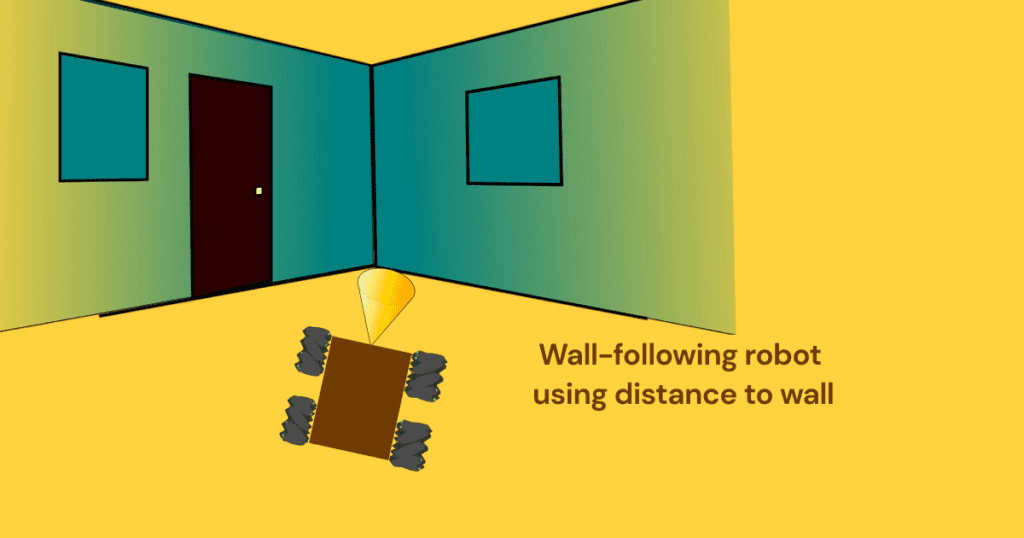
Key takeaways
These beginner-friendly robotics project ideas are just the tip of the iceberg when it comes to what you can accomplish as a beginner in robotics. Remember, the most important thing is to have fun and learn along the way. So, pick a project that interests you the most and start building. Happy robotics journey!
